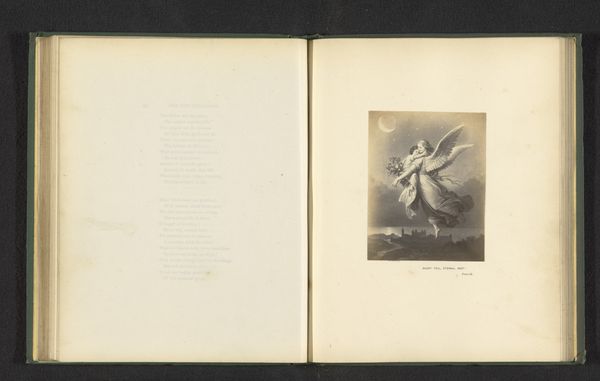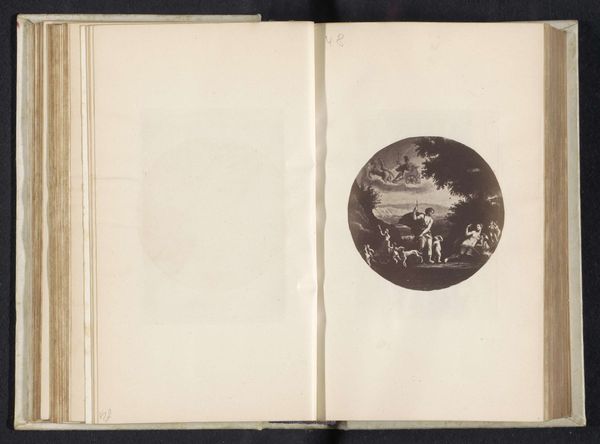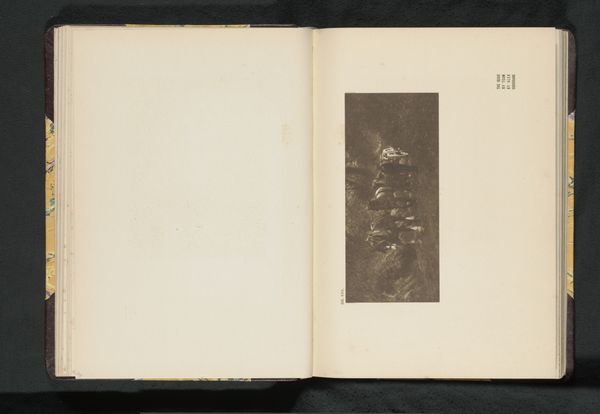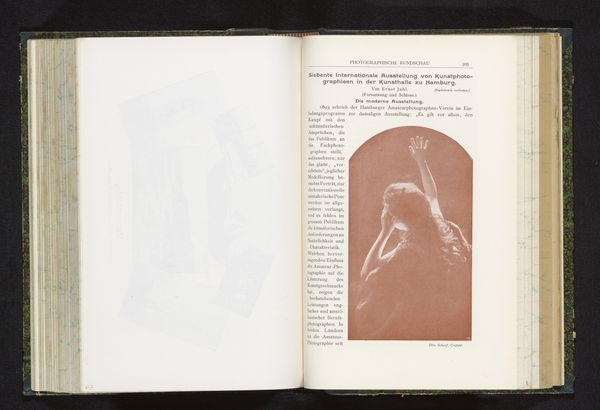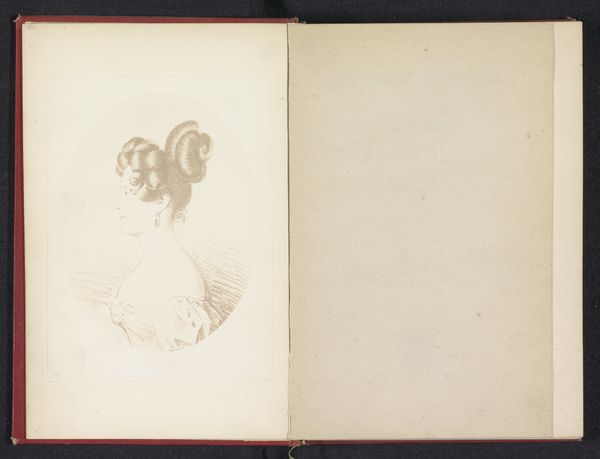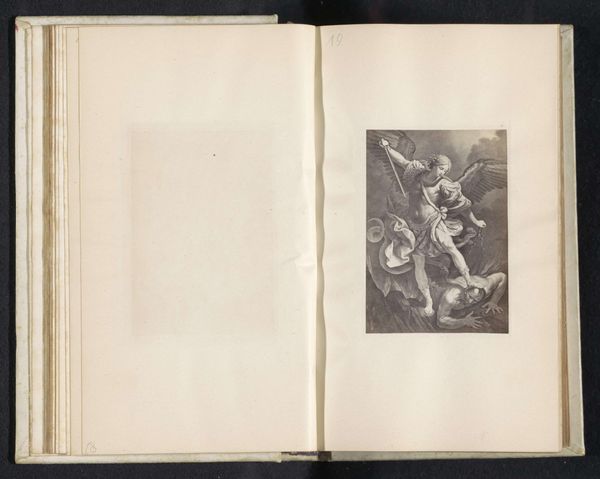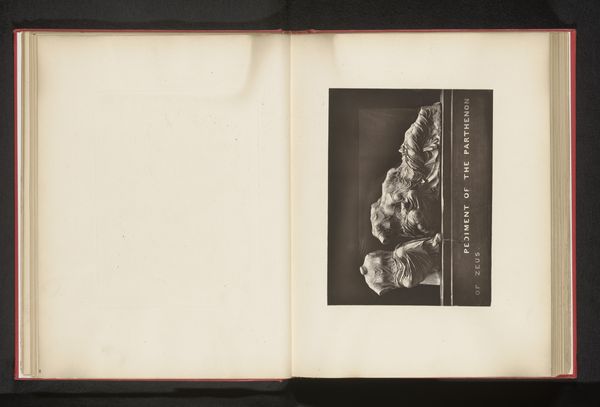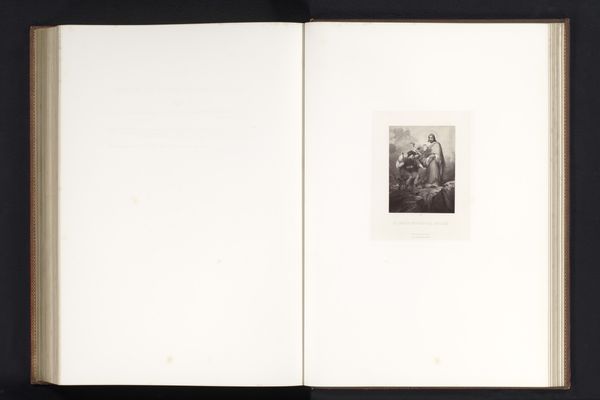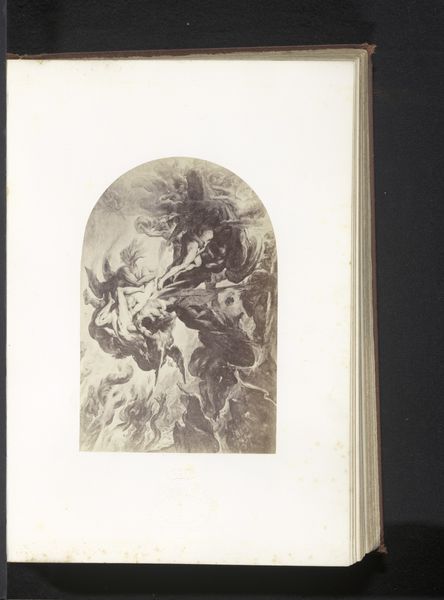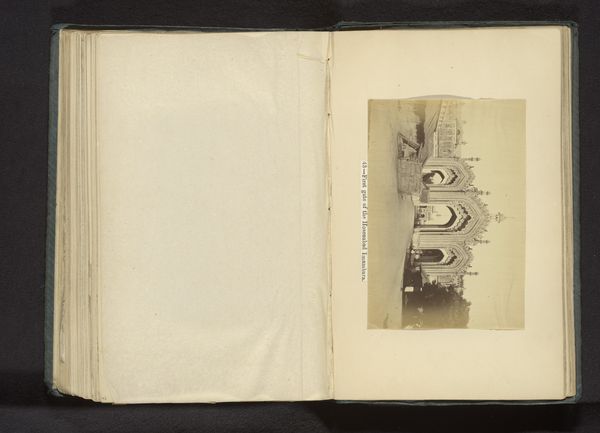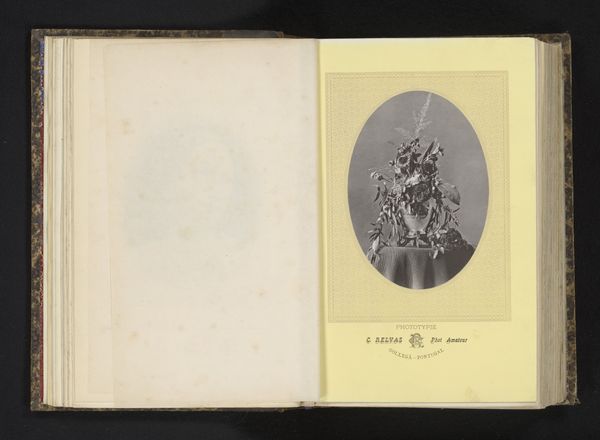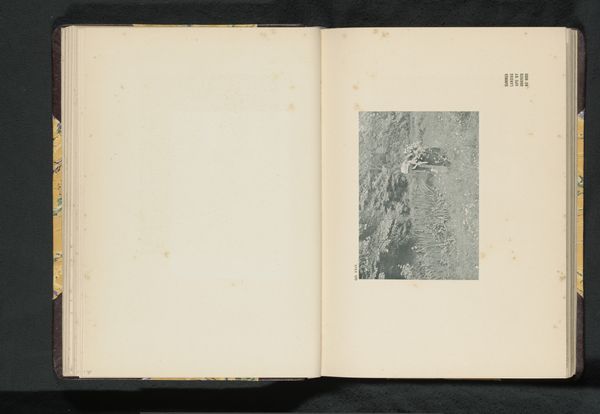
print, cyanotype, photography
#
aged paper
#
book binding
#
homemade paper
#
paper non-digital material
# print
#
book design
#
personal journal design
#
cyanotype
#
photography
#
book mockup
#
children publication design
#
publication mockup
#
publication design
Dimensions: Image: 25.3 x 20 cm (9 15/16 x 7 7/8 in.)
Copyright: Public Domain
Editor: This cyanotype, “Schizonema parasiticum,” was created between 1851 and 1855 by Anna Atkins. It feels so ethereal and fragile. What statements do you think Atkins was trying to convey in this photograph? Curator: More than statements, I see a radical act of documenting, archiving, and disseminating knowledge from a feminist perspective in a male-dominated scientific community. The very act of observation and recording becomes a powerful form of agency, of laying claim to a space and a voice. Editor: Agency? How so? It just looks like an artistic rendition of algae. Curator: True, but let’s look at the context: botanical illustration was critical to scientific study, but women were often excluded. Atkins was at the forefront of using photography, specifically cyanotypes, to produce scientifically accurate illustrations, challenging patriarchal structures. It's about the politics of seeing and being seen, or in this case, documenting and being taken seriously as a woman in science. Do you see how the technical act of reproducing nature becomes a gesture of emancipation? Editor: I never thought of it that way. I was too focused on the pretty blue color and the ghostly seaweed. It makes me reconsider whose stories get told and by whom. Curator: Exactly! The cyanotype becomes more than just an image; it’s a site where science, art, and gender politics intersect. It reflects the evolving role of women in science and their contributions to knowledge. It encourages us to investigate archives and ask who has traditionally been excluded. Editor: So, what appears to be a simple image holds a much more profound narrative. I’m thankful for the historical insights—it gives the work so much more significance. Curator: And that’s why we have to see art with our present-day understanding to unpack complex cultural structures and ideologies.
Comments
No comments
Be the first to comment and join the conversation on the ultimate creative platform.
